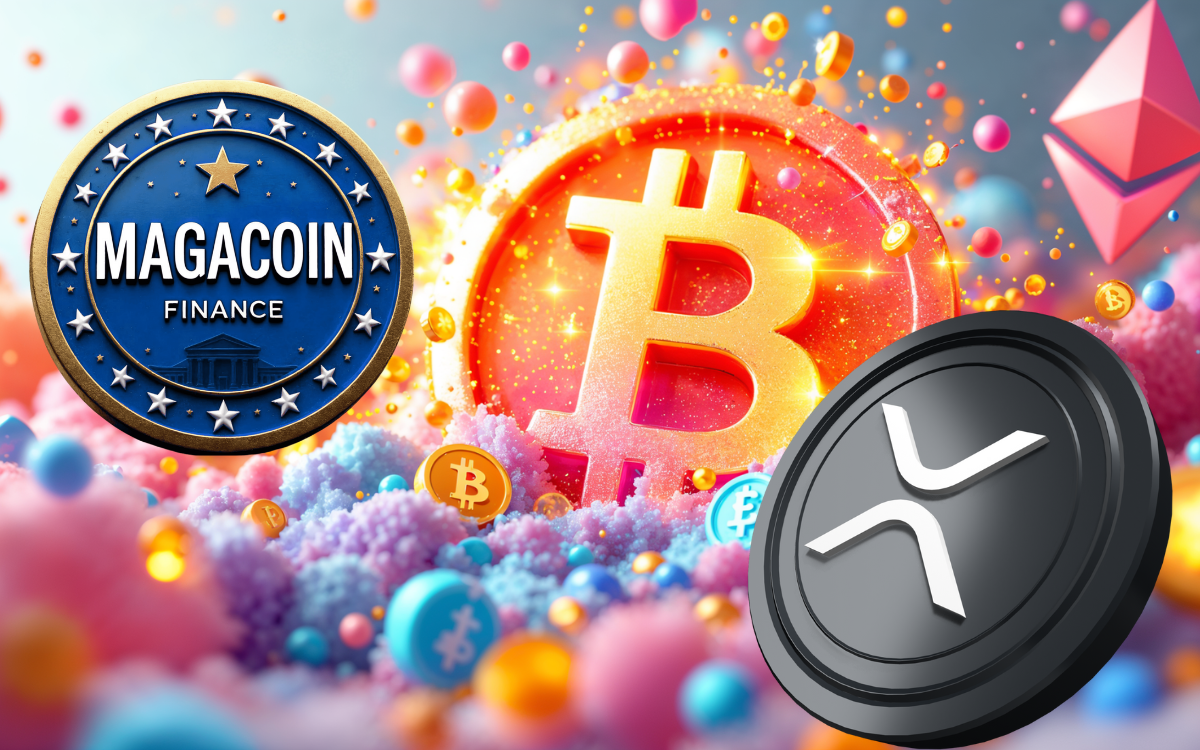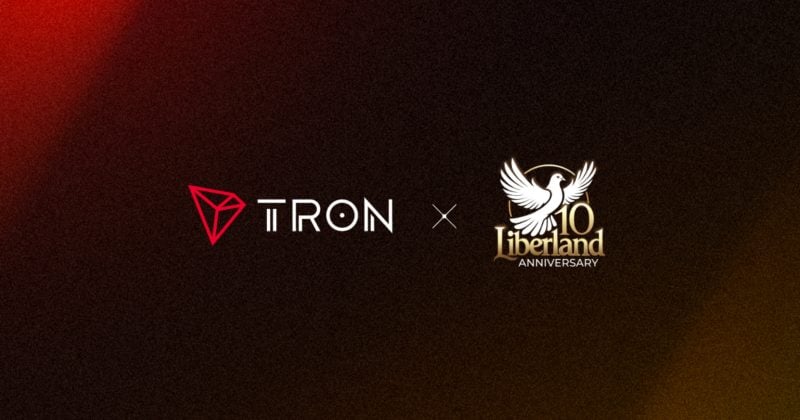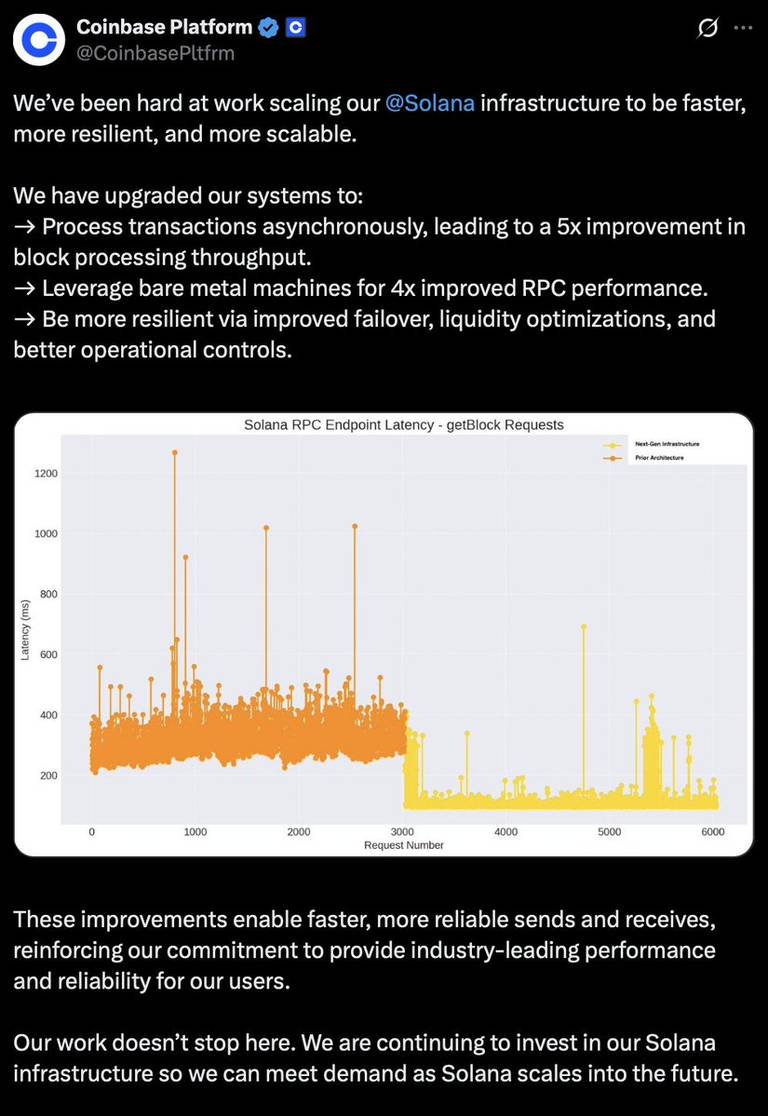
Crypto fraud has been harder to counter because “things that seem too good to be true have happened," an attorney told Decrypt.
Decrypt
You can visit the page to read the article.
Source: Decrypt
Disclaimer: The opinion expressed here is not investment advice – it is provided for informational purposes only. It does not necessarily reflect the opinion of BitMaden. Every investment and all trading involves risk, so you should always perform your own research prior to making decisions. We do not recommend investing money you cannot afford to lose.
Unveiling ChatGPT’s Viral Reverse Location Search: A New Era of AI Privacy Risks

In the rapidly evolving world of artificial intelligence, a viral trend is capturing attention, sparking both excitement and concern within the tech community and beyond. The latest buzz revolves around ChatGPT’s uncanny ability to perform ‘ reverse location search ‘ from images. This capability, powered by OpenAI’s newest AI models, o3 and o4-mini, marks a significant leap in image analysis AI , but also raises pertinent questions about digital privacy in an increasingly interconnected world. For crypto enthusiasts and tech-savvy individuals, understanding these AI advancements and their implications is crucial, especially as blockchain and AI technologies converge. The Rise of AI Location Detection: How Does ChatGPT Do It? OpenAI’s recent unveiling of o3 and o4-mini models has introduced a new dimension to AI capabilities. These models are not just about text generation anymore; they possess the remarkable ability to ‘reason’ through uploaded images. What does this mean in practice? Advanced Image Processing: These models can manipulate images in various ways – cropping, rotating, and zooming – even when the photos are of low quality or distorted. This sophisticated image analysis AI allows them to extract details that might be missed by the human eye or less advanced AI. Web Search Integration: The true power lies in combining image analysis with web search capabilities. Once the AI models analyze visual clues from a photo, they can scour the internet for matching information, effectively turning visual data into actionable location insights. GeoGuessr-like Accuracy: Users are reporting astonishing accuracy, with ChatGPT models successfully identifying cities, landmarks, and even specific establishments like restaurants and bars from seemingly innocuous visual cues. This mimics the popular online game GeoGuessr, but with the AI doing the ‘guessing’ in real-time. Consider the example shared on X (formerly Twitter) by user @swax, where ChatGPT nailed a location without even a tree in sight, showcasing the model’s ability to deduce locations from minimal visual information. This capability extends beyond landscapes; users have successfully tested ChatGPT with restaurant menus, neighborhood snapshots, and even self-portraits, prompting the AI to play ‘GeoGuessr’ with real-world images. Privacy Risks AI : A Double-Edged Sword? While the ability to identify locations from photos can be seen as an impressive technological feat, it immediately brings up concerning privacy risks AI . The ease with which ChatGPT can pinpoint locations raises red flags, especially in an era where digital privacy is already under constant threat. Imagine the scenario: a person shares a photo on social media, perhaps an Instagram story. A malicious actor could easily screenshot this image, upload it to ChatGPT, and potentially uncover the exact location where the photo was taken. This opens doors to various privacy violations, including: Doxing Potential: The ability to quickly identify someone’s location from a photo drastically lowers the barrier for doxing – publicly revealing someone’s private information online without their consent. Stalking and Harassment: For individuals already vulnerable to stalking or harassment, this technology could be exploited to track their whereabouts with alarming ease. Unintentional Location Exposure: Even without malicious intent, the casual use of ChatGPT for reverse location search on publicly shared photos could unintentionally expose individuals’ locations to a wider audience than they intended. User @izyuuumi’s experience of ChatGPT correctly identifying a library from a random photo within seconds further underscores the potency and potential privacy risks AI associated with this technology. ChatGPT vs. GPT-4o: Who Wins the Location Game? Intriguingly, tests conducted by Bitcoin World comparing o3 with an older model, GPT-4o (which lacks dedicated image-reasoning capabilities), revealed some surprising results. In many instances, GPT-4o was just as accurate as o3 in AI location detection , and sometimes even faster. However, there were instances where o3 showcased superior capabilities. For example, when presented with a photo of a unique purple rhino head in a dimly lit bar, o3 correctly identified a Williamsburg speakeasy, while GPT-4o incorrectly guessed a U.K. pub. This suggests that while both models possess impressive location detection skills, o3 might have an edge in deciphering more nuanced or obscure visual clues. However, it’s crucial to note that neither model is infallible. Tests also revealed instances where o3 struggled, getting stuck in loops or providing incorrect locations. User feedback on X also indicates that ChatGPT’s location deductions can sometimes be wildly inaccurate. This highlights that while powerful, this technology is not without its limitations and occasional errors. Are There Safeguards Against Reverse Location Search? The rapid emergence of this reverse location search capability raises critical questions about safeguards. Currently, there appear to be minimal measures in place to prevent misuse of this feature within ChatGPT. OpenAI’s safety report for o3 and o4-mini does not explicitly address this particular privacy concern. This lack of explicit safeguards is concerning, especially given the potential for misuse and the associated privacy risks AI . As AI models become increasingly sophisticated, the need for robust ethical guidelines and safety measures becomes paramount. The ability to perform ChatGPT location search with such ease underscores the urgency for developers and policymakers to proactively address the potential downsides of these powerful technologies. Moving Forward: Balancing Innovation and Privacy The viral trend of using ChatGPT for reverse location search is a stark reminder of the dual nature of technological progress. While AI advancements like o3 and o4-mini offer exciting new possibilities in image analysis AI and information retrieval, they also bring forth significant challenges, particularly in the realm of digital privacy. For the cryptocurrency community, which is deeply invested in the principles of decentralization and privacy, these developments are especially relevant. As we navigate this evolving landscape, it is essential to foster a responsible approach to AI innovation, one that prioritizes user privacy and implements effective safeguards to mitigate potential risks. To learn more about the latest AI market trends, explore our article on key developments shaping AI features . Decrypt
![The world’s largest crypto exchange platform by trading volume is adding a new layer-1 Ethereum ( ETH ) rival to its launchpool. In a new announcement, Binance says it’s adding Initia (INIT), a blockchain designed to offer rollups and infrastructure for appchain development, to its launchpool. “Binance is excited to announce the 68th project on Binance Launchpool – Initia (INIT), an L1 blockchain that unites appchains to unlock their full value through interwoven infrastructure and aligned economics.” Binance’s launchpool was started in 2020 and is a platform that allows traders to earn new tokens passively by staking their existing assets. According to its official website, Initia seeks to reduce the decision fatigue that blockchain and blockchain developers face as a means of improving how they operate. “The Interwoven Stack is Initia’s comprehensive, all-in-one solution designed to empower developers and teams in building and deploying rollups with unmatched ease and efficiency. Historically, building a rollup requires developers to research, select, and piece together numerous components and services… [The] tasks divert time and resources from developers, preventing them from focusing on building their applications… With this approach, developers can focus solely on building, improving, and shipping their applications, while the Interwoven Stack manages the heavy lifting of selecting the right tools and components for a performant and secure rollup, ensuring a smooth and optimal developer and user experience.” Follow us on X , Facebook and Telegram Don`t Miss a Beat – Subscribe to get email alerts delivered directly to your inbox Check Price Action Surf The Daily Hodl Mix Disclaimer: Opinions expressed at The Daily Hodl are not investment advice. Investors should do their due diligence before making any high-risk investments in Bitcoin, cryptocurrency or digital assets. Please be advised that your transfers and trades are at your own risk, and any losses you may incur are your responsibility. The Daily Hodl does not recommend the buying or selling of any cryptocurrencies or digital assets, nor is The Daily Hodl an investment advisor. Please note that The Daily Hodl participates in affiliate marketing. Generated Image: Midjourney The post Binance Adds New Layer-1 Ethereum (ETH) Rival Initia (INIT) to Launchpool appeared first on The Daily Hodl .](/image/68017b0ed68cf.jpg)
Binance Adds New Layer-1 Ethereum (ETH) Rival Initia (INIT) to Launchpool
The world’s largest crypto exchange platform by trading volume is adding a new layer-1 Ethereum ( ETH ) rival to its launchpool. In a new announcement, Binance says it’s adding Initia (INIT), a blockchain designed to offer rollups and infrastructure for appchain development, to its launchpool. “Binance is excited to announce the 68th project on Binance Launchpool – Initia (INIT), an L1 blockchain that unites appchains to unlock their full value through interwoven infrastructure and aligned economics.” Binance’s launchpool was started in 2020 and is a platform that allows traders to earn new tokens passively by staking their existing assets. According to its official website, Initia seeks to reduce the decision fatigue that blockchain and blockchain developers face as a means of improving how they operate. “The Interwoven Stack is Initia’s comprehensive, all-in-one solution designed to empower developers and teams in building and deploying rollups with unmatched ease and efficiency. Historically, building a rollup requires developers to research, select, and piece together numerous components and services… [The] tasks divert time and resources from developers, preventing them from focusing on building their applications… With this approach, developers can focus solely on building, improving, and shipping their applications, while the Interwoven Stack manages the heavy lifting of selecting the right tools and components for a performant and secure rollup, ensuring a smooth and optimal developer and user experience.” Follow us on X , Facebook and Telegram Don`t Miss a Beat – Subscribe to get email alerts delivered directly to your inbox Check Price Action Surf The Daily Hodl Mix Disclaimer: Opinions expressed at The Daily Hodl are not investment advice. Investors should do their due diligence before making any high-risk investments in Bitcoin, cryptocurrency or digital assets. Please be advised that your transfers and trades are at your own risk, and any losses you may incur are your responsibility. The Daily Hodl does not recommend the buying or selling of any cryptocurrencies or digital assets, nor is The Daily Hodl an investment advisor. Please note that The Daily Hodl participates in affiliate marketing. Generated Image: Midjourney The post Binance Adds New Layer-1 Ethereum (ETH) Rival Initia (INIT) to Launchpool appeared first on The Daily Hodl . Decrypt











